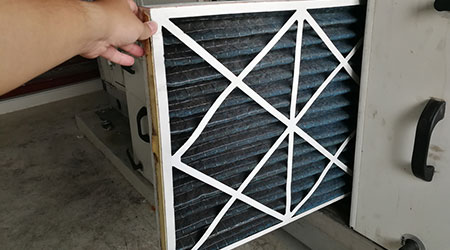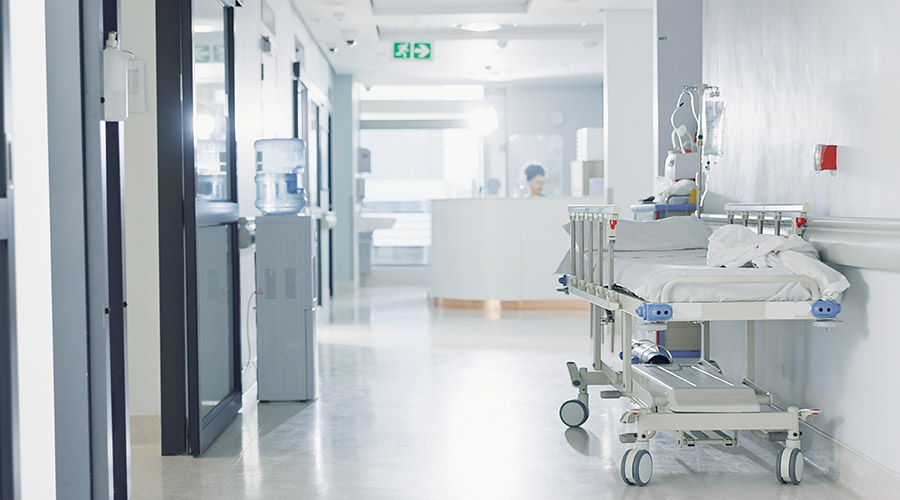The first response for many healthcare facilities when COVID-19 erupted in March was to rethink and intensify efforts to clean surfaces and ramp up sanitization procedures. But as the pandemic has unfolded and facility managers have taken a closer look at the science behind the spread of the coronavirus, scrutiny has heightened on the HVAC systems of healthcare facilities, and with good reason.
When it comes to infection control and prevention, it’s time to focus on this critical element for patient and provider safety, according to Infection Control Today. Consider where the air supply directly overhead comes from. Infectious agents or suboptimal environmental conditions, perpetuated by the air supply, will exacerbate infections.
In order to manage a highly transmittable disease like COVID-19, organizations have used altered airflows or more specifically negative pressure within their facilities to increase air exchanges and optimize fresh outdoor air.
For example, the University of Colorado converted a rehabilitation hallway into a negative pressure space. They performed computational fluid dynamics and particle-based modeling to test containment. The isolation space was successful both in the model and in practice at controlling transmission between residents and staff.
Due to the cancelation of elective surgeries and the subsequent pause in rehabilitation services, the negative pressure space provided an important revenue stream and community resource for the elderly requiring skilled COVID-19 nursing care.
Click here to read the article.

 Healthcare Real Estate: Challenges and Industry Shifts for 2025
Healthcare Real Estate: Challenges and Industry Shifts for 2025 Geisinger to Build $32 Million Cancer Center in Pennsylvania
Geisinger to Build $32 Million Cancer Center in Pennsylvania Sunflower Medical Group Experiences Data Breach
Sunflower Medical Group Experiences Data Breach Strategies to Eradicate Biofilm Containing C. Auris
Strategies to Eradicate Biofilm Containing C. Auris Man Attacks Nurses, Police Officer at Jefferson Hospital
Man Attacks Nurses, Police Officer at Jefferson Hospital